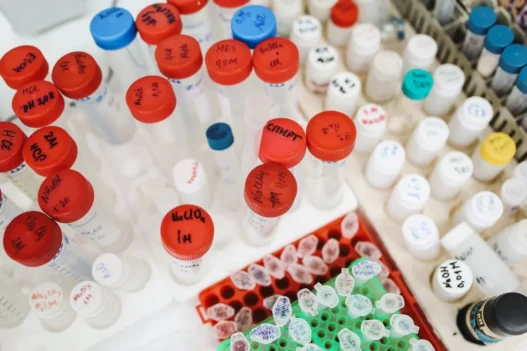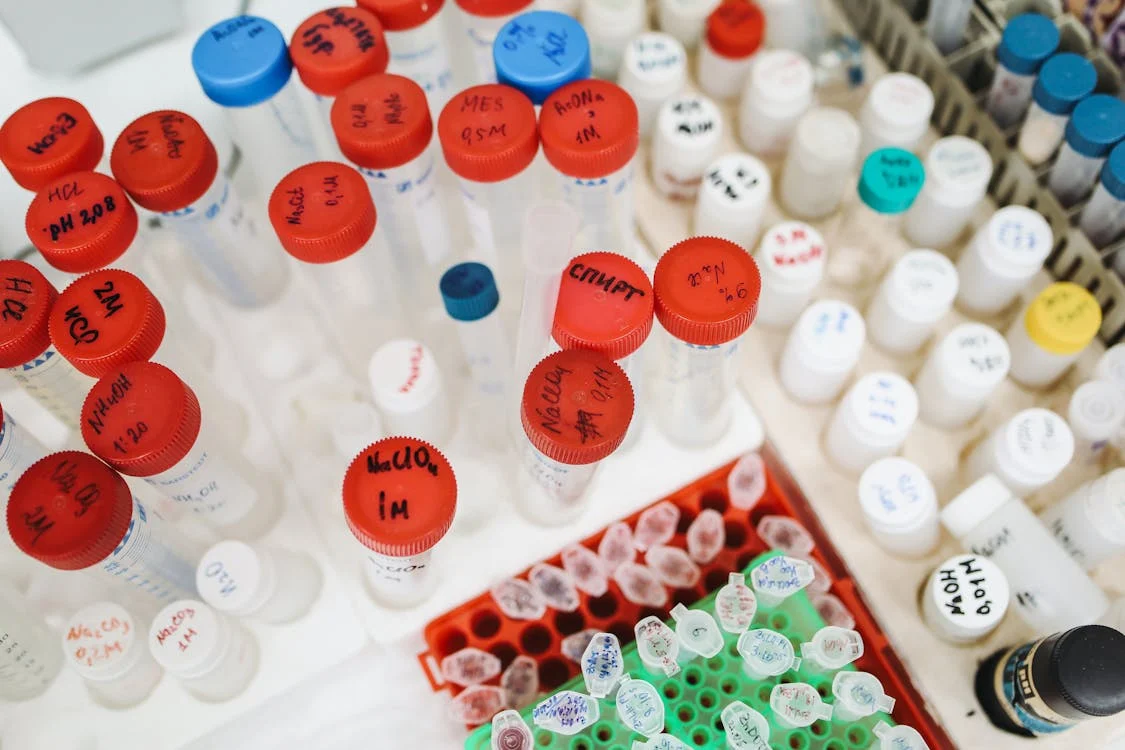Dinitrochlorobenzene, often referred to as DNCB, is a chemical compound commonly used in practical applications such as agriculture, industry, and scientific research. In everyday life, DNCB is utilized as a pesticide, in the manufacturing of dyes, and as a component in experimental studies investigating immune responses. While not directly encountered by the general public, the versatility of DNCB highlights its importance in various fields that impact our daily lives.
Table of Contents:
- 💡 Commercial Applications
- ⚗️ Chemical & Physical Properties
- 🏭 Production & Procurement
- ⚠️ Safety Considerations
- 🔬 Potential Research Directions
- 🧪 Related Compounds
💡 Commercial Applications
Dinitrochlorobenzene, also known as 1,3-dichloro-2,4-dinitrobenzene, is primarily used commercially and industrially as a precursor in the production of dyes. Its high reactivity makes it a valuable compound in the synthesis of various colored dyes for textiles and other materials.
Additionally, dinitrochlorobenzene is utilized in the manufacturing of pesticides and herbicides due to its ability to inhibit enzyme activity in plants. Its pesticidal properties make it a key ingredient in products designed to combat unwanted pests and weeds in agricultural and horticultural settings.
In terms of drug and medication applications, dinitrochlorobenzene is used in immunotherapy treatments for certain types of warts and tumors. By inducing a controlled allergic response in the body, this compound can help boost the immune system’s ability to recognize and target abnormal cells, aiding in the treatment of certain skin conditions and cancers.
⚗️ Chemical & Physical Properties
Dinitrochlorobenzene is a yellow crystalline solid that has a weak, slightly sweet odor. It is highly toxic and should be handled with care due to its irritant properties.
With a molar mass of 202.51 g/mol and a density of 1.291 g/cm³, dinitrochlorobenzene can be compared to common food items such as sugar (molar mass: 342.3 g/mol, density: 1.59 g/cm³) and salt (molar mass: 58.44 g/mol, density: 2.16 g/cm³).
Dinitrochlorobenzene has a melting point of 53 °C and a boiling point of 288 °C. Comparatively, common food items such as butter (melting point: 32-35 °C, boiling point: 150-200 °C) and honey (melting point: 30-40 °C, boiling point: 160-180 °C) have lower melting and boiling points.
Dinitrochlorobenzene is sparingly soluble in water and has a low viscosity. In contrast, common food items like salt and sugar are highly soluble in water with varying viscosities.
🏭 Production & Procurement
Dinitrochlorobenzene is typically produced through the nitration of chlorobenzene. This involves the reaction of chlorobenzene with a mixture of nitric and sulfuric acids at high temperatures. The resulting product is then purified and dried to obtain the desired Dinitrochlorobenzene compound.
Once the Dinitrochlorobenzene has been produced, it can be procured through chemical suppliers or manufacturers who specialize in the production of specialty chemicals. It is commonly available in solid form, packaged in sealed containers to ensure its stability and purity during transport. Transportation of Dinitrochlorobenzene is typically done by specialized carriers equipped to handle hazardous materials, ensuring compliance with safety regulations and guidelines.
When procuring Dinitrochlorobenzene for research or industrial purposes, it is essential to follow proper handling and storage procedures to prevent accidents or contamination. It is advisable to store Dinitrochlorobenzene in a cool, dry place away from sources of heat or ignition. Additionally, proper labeling and documentation should be maintained to track the inventory and usage of Dinitrochlorobenzene in accordance with regulatory requirements.
⚠️ Safety Considerations
Safety considerations for Dinitrochlorobenzene (DNCB) should be taken seriously due to its toxic properties. Exposure to DNCB can irritate the skin, eyes, and respiratory system. Direct contact with the substance can lead to dermatitis, allergic reactions, and even chemical burns. It is important to handle DNCB in a well-ventilated area, wear appropriate protective clothing, and avoid contact with skin or eyes. In case of accidental exposure, it is imperative to seek medical attention immediately.
Hazard statements for Dinitrochlorobenzene include that the substance may be harmful if swallowed, inhaled, or absorbed through the skin. It is a skin and eye irritant, and may cause allergic skin reactions. DNCB is also toxic to aquatic organisms and may cause long-term adverse effects in the environment. Due to its hazardous nature, proper handling and storage of DNCB are essential to prevent any potential risks to human health and the environment.
Precautionary statements for Dinitrochlorobenzene stress the importance of wearing protective gloves, clothing, eye protection, and respiratory protection when working with the substance. It is recommended to work in a well-ventilated area and avoid breathing in DNCB fumes. In case of contact with skin or eyes, rinse thoroughly with water and seek medical advice. Proper disposal methods should be followed to prevent environmental contamination. Overall, taking necessary precautions and following safety protocols is essential when dealing with Dinitrochlorobenzene to minimize health risks.
🔬 Potential Research Directions
One potential research direction for Dinitrochlorobenzene involves further investigation into its mechanisms of action as a hapten in inducing allergic contact dermatitis. Understanding the molecular pathways and interactions involved in this process could lead to the development of novel therapeutic interventions for allergic skin diseases.
Another area of study could focus on exploring the use of Dinitrochlorobenzene in cancer therapy. Research has shown that Dinitrochlorobenzene has the potential to induce tumor regression through its immunostimulatory effects. Further research in this area could uncover new treatment options for cancer patients.
Additionally, research into the environmental impacts of Dinitrochlorobenzene is important for understanding its potential risks to human health and the ecosystem. Studies could investigate its persistence in the environment, bioaccumulation in organisms, and potential toxicity to various species. This information can inform regulatory decisions and help mitigate potential environmental harm.
🧪 Related Compounds
One similar compound to Dinitrochlorobenzene based upon molecular structure is Trinitrochlorobenzene. This compound has an additional nitro group compared to Dinitrochlorobenzene, resulting in a similar molecular structure but with increased reactivity and potential for explosive properties. Trinitrochlorobenzene is often used in the manufacture of explosives and as a chemical intermediate in various industries.
Another compound with a similar molecular structure to Dinitrochlorobenzene is Dinitroaniline. This compound contains an amino group in addition to the nitro groups present in Dinitrochlorobenzene, resulting in a slightly different chemical reactivity and application. Dinitroaniline is commonly used as a dye intermediate and in the production of agricultural chemicals.
Nitrostyrenes are another group of compounds that share similarities with Dinitrochlorobenzene in terms of molecular structure. These compounds contain a nitro group attached to a styrene backbone, resulting in similar chemical properties and reactivity. Nitrostyrenes are often used as intermediates in organic synthesis and in the production of various specialty chemicals and pharmaceuticals.







